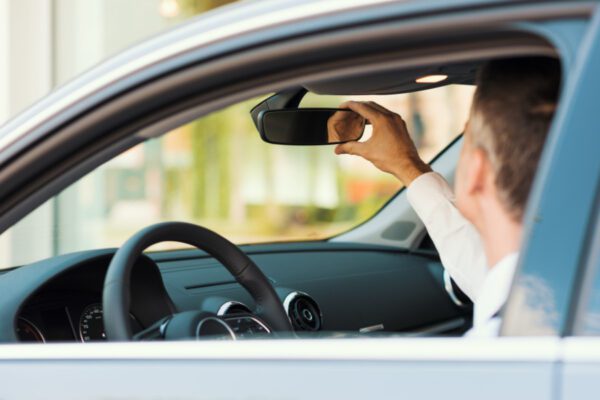The best way for a driver to assure their safety and the safety of their passengers and cargo is to practice defensive driving tactics at all times.
Three Elements of Safe Driving
These three elements serve as the foundation for defensive driving practices:
- Driver readiness
- Vehicle condition
- Proper attitude
Safe Driving Habits
- Keep your eyes moving and understand your surroundings at all times.
- Regulate your speed and recognize when conditions require you to slow down.
- Know your blind spots and check them frequently, especially when changing lanes.
- Only pass or change lanes when necessary.
- Signal well in advance of any turns, passes, or lane changes.
- Turn and look behind you when driving in reverse, whenever possible. Mirrors are less reliable.
Following Distance
Maintain a safe following distance when driving behind other vehicles. The appropriate following distances varies based on factors, such as speed, vehicle weight, and road conditions.
Determining Right-of-Way
- Use caution when approaching intersections.
- Determine right-of-way before entering the intersection.
- Make your intentions clear by using your turn signals, speed, and appropriate gestures.
- Only proceed after verifying that the intersection is clear of other vehicles or pedestrians.
Driving at Night
- Avoid overdriving your headlights by assuring that your stopping distance is within their range.
- Lower your high beams to avoid impairing the sight of oncoming drivers.
- Use your brake lights to warn following traffic of upcoming obstacles by lightly tapping your brake pedal.
Adverse Weather Conditions
Make sure your vehicle is prepared for adverse weather before starting to drive, and recognize how the conditions may affect your driving abilities. Avoid driving in extreme weather conditions whenever possible.
Sharing the Road
- Stay mindful of pedestrians and bicyclists, especially in high-risk areas such as urban environments and school zones.
- Know bicyclist hand signals.
- Only pass bicyclists when you will not endanger them or yourself.
- Keep three feet of clearance between your vehicle and bicyclists when passing.
Material posted on this website is for informational purposes only and does not constitute a legal opinion or medical advice. Contact your legal representative or medical professional for information specific to your legal or medical needs.




